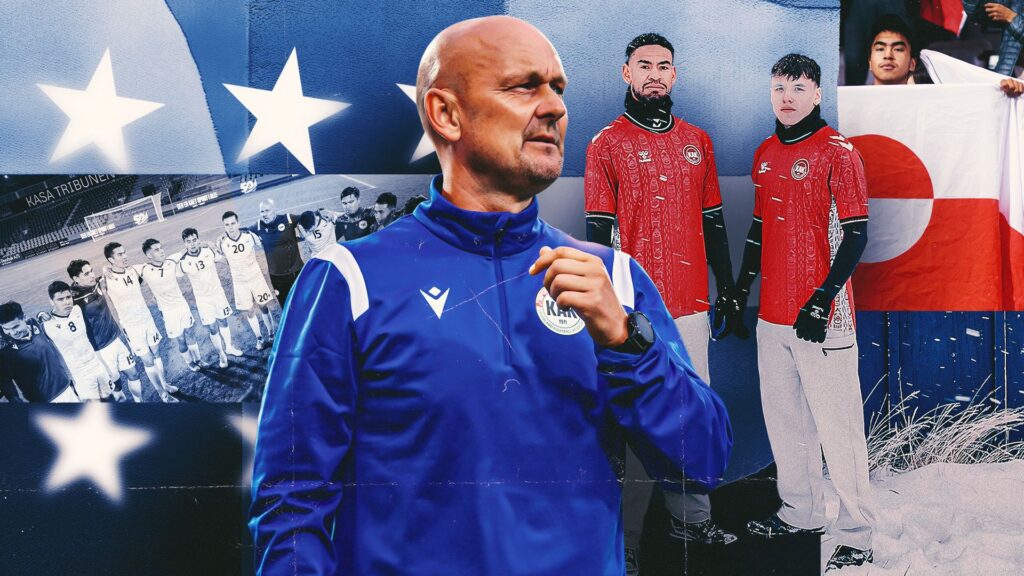Patrick Frederiksen was a pretty good handball player in his day. Tall, strong, and athletic, he played at the closest thing to a professional level that Greenland, his home country, had to offer. But then, injury struck. He was told that he couldn’t represent the national team in his favored sport.
And with his usual activity off the table, another filled the space. He was invited to the Czech Republic to join the national team in futsal, a version of soccer that is played indoors on a smaller court. Friedrecksen jumped at the opportunity, and after impressing there, outdoor football became an option.
“Another player got injured in a training match, so they put me on the field. I was one of the 11 starters, and that kickstarted my career,” Frederiksen told GOAL.
So began the tenure of the Greenlandic national team’s starting center back. His story is not uncommon for a nation – legally a Danish territory – trying to obtain CONCACAF membership. This is a group of talented athletes, who have their own distinct culture, pieced together to form a soccer team. And now, the country would argue that it has the infrastructure to be something more.
Not acknowledged by FIFA, and declined entry by UEFA, Greenland – complete with a fully fledged roster, plans for a national stadium, and viral kits – have turned to CONCACAF instead. And this time, a nation with a population of 55,000 might finally achieve the international legitimacy in the sport that they feel they deserve.
“We have a good organization. We have good people who work very hard. My expectation is to be the 42nd member of CONCACAF in 2026,” national team head coach Morten Rutkjaer told GOAL.
Greenland’s footballing culture is richer than you might expect, as 5,500 Greenlanders – some 10 percent of the population – play the sport. There is a well established and very competitive futsal culture. They have a professional outdoor setup, too, with eight teams competing in a yearly tournament.
Of course, there are obstacles. Greenland is very cold. Summer temperatures, nationwide, max out at 50 degrees. For most of the year, the country is covered in snow. In that context, playing outdoor, 11-a-side soccer gets tricky. And there isn’t currently a full size covered stadium, or sufficient indoor training facility to support a true national team.
Not that any of those potential dealbreakers have stopped this team.
